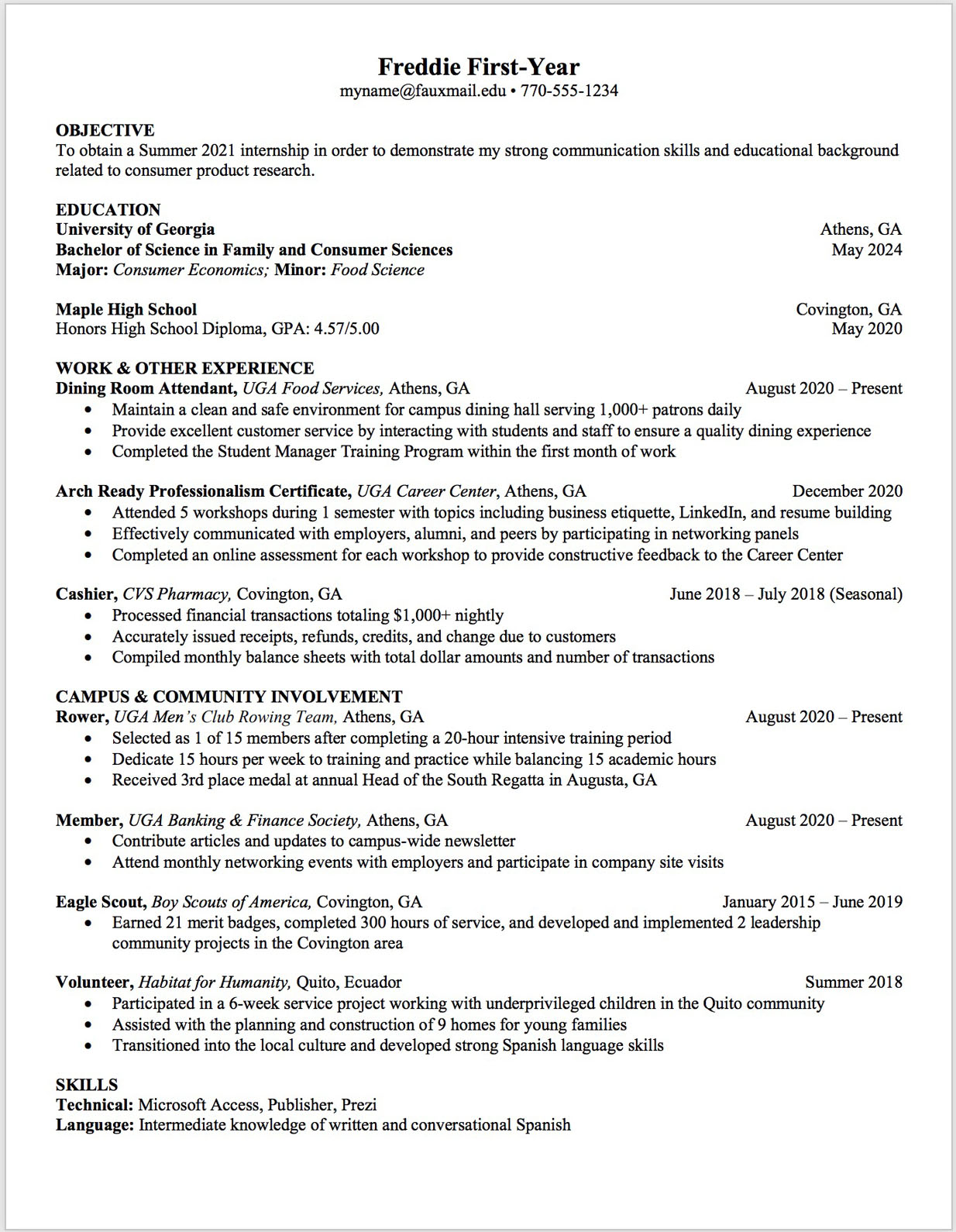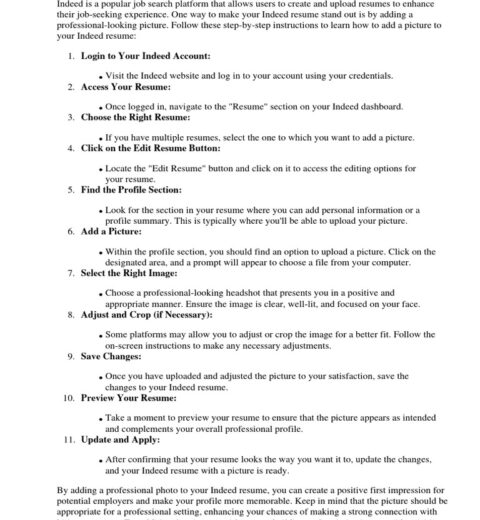In the competitive landscape of job applications, the importance of a well-structured and aesthetically appealing resume cannot be overstated. As we transition into 2025, the methodologies for formatting resumes have evolved significantly, reflecting contemporary trends while maintaining core principles of effective communication. This article delves into how to format a resume effectively in 2025, guiding you through templates, design elements, and best practices to enhance the visual and functional appeal of your personal brand.
Understanding the Importance of Resume Formatting
Resume formatting serves multiple purposes: it organizes information, showcases professionalism, and reflects your unique identity. As hiring managers sift through countless applications, a meticulously formatted resume can captivate their attention and facilitate the retrieval of critical information. The structure must not only convey qualifications but also resonate aesthetically, prompting readers to engage with your material rather than dismiss it outright.
Adopting Modern Templates
In 2025, templates have become more than mere layouts; they are powerful tools that convey your qualifications effectively. Using modern templates can drastically reduce the time spent on formatting while ensuring a polished appearance. When selecting a template, remember to consider the industry standards and personal branding strategies that align with your career objectives.
Popular formats include:
- Chronological: This classic format lists work experience in reverse chronological order, ideal for those with a continuous work history.
- Functional: This layout emphasizes skills and qualifications over employment history, suitable for career changers or those with gaps in employment.
- Combination: Merging elements of both chronological and functional formats, this design highlights relevant skills while providing a clear chronological work history.
Choosing the right template facilitates readability, ensuring that hiring managers can quickly digest essential details. Many platforms now provide customizable templates that can be tailored to individual preferences while adhering to professional standards.
Crafting Engaging Headers
The header of your resume is its inaugural impression. It must be both informative and visually captivating. In 2025, gravitating towards minimalistic aesthetics remains paramount, characterized by a clean font and proper spacing. Your header should include:
- Name: Utilize a bold font with size increments that render it prominent.
- Contact Information: Offer multiple avenues of communication, including phone numbers and email addresses, ensuring they are easily accessible.
- LinkedIn Profile: Including a hyperlink to your LinkedIn account permits potential employers to explore your professional network and endorsements.
Your header sets the tone for the entire document; thus, it’s imperative that it exudes clarity and professionalism.
Utilizing Strategic Section Breaks
Strategically breaking your resume into distinct sections not only enhances visual appeal but also organizes information efficiently. Utilize bold headings and adequate spacing to differentiate sections such as:
- Professional Summary: A succinct overview that encapsulates your career trajectory, key accomplishments, and aspirations.
- Skills: Highlight core competencies relevant to the job you’re targeting, utilizing bullet points for clarity.
- Work Experience: Provide detailed insights into your professional background, with quantifiable achievements wherever possible.
- Education: Recent graduates may prioritize this section, while seasoned professionals can place it toward the end.
- Certifications and Courses: This reflects lifelong learning and commitment to professional development.
Employing section breaks lends a structured appearance, enhancing the overall readability and organization of your resume.
Leveraging Typography and Colors
Font choice and color schemes significantly impact the visual narrative of your resume. In 2025, the trend leans toward sans-serif fonts, noted for their readability on digital devices. Furthermore, limiting your selection to two fonts can prevent distraction while maintaining elegance.
Regarding color schemes, maintaining a professional look is essential. Utilizing muted tones with contrasting headings can attract attention without overwhelming the reader. Think about dark charcoal for text paired with softer accents like muted blues or greens. This subtlety helps maintain professionalism while evoking an inviting atmosphere.
Incorporating Visual Elements
Incorporating visual elements into your resume can bolster engagement, provided they are employed judiciously. Consider adding charts or graphs to illustrate professional achievements, infographics to summarize skills, or even a subtle background pattern that aligns with your personal branding.
However, refrain from excessive ornamentation, which can detract from the content. Balance between visual appeal and professional integrity is vital. As trends evolve, clarity must reign supreme.
Focusing on Keywords and Tailoring Content
In 2025, the prevalence of automated applicant tracking systems (ATS) necessitates a keyword-oriented approach. Tailoring your resume for specific job applications by incorporating industry-relevant keywords enhances the potential for visibility in ATS screenings. Analyzing job descriptions and identifying synonymous terminology can increase the efficacy of your resume.
Final Touches: Proofreading and Optimization
Once your resume is formatted, the final step involves meticulous proofreading. Mistakes can serve as red flags for employers, underscoring a lack of attention to detail. Utilizing tools for grammar checks or seeking a peer review can ensure clarity and correctness.
Furthermore, saving your resume in multiple formats, ideally PDF for submissions, helps maintain the integrity of your formatting across different systems.
In conclusion, formatting a resume effectively in 2025 demands a keen awareness of design aesthetics, industry standards, and technological advancements. An engaging and polished resume not only captures attention but also conveys professionalism. By employing modern templates, utilizing strategic section breaks, and focusing on keywords, candidates can craft compelling resumes that resonate with prospective employers, positioning themselves favorably in an ever-evolving job market.




